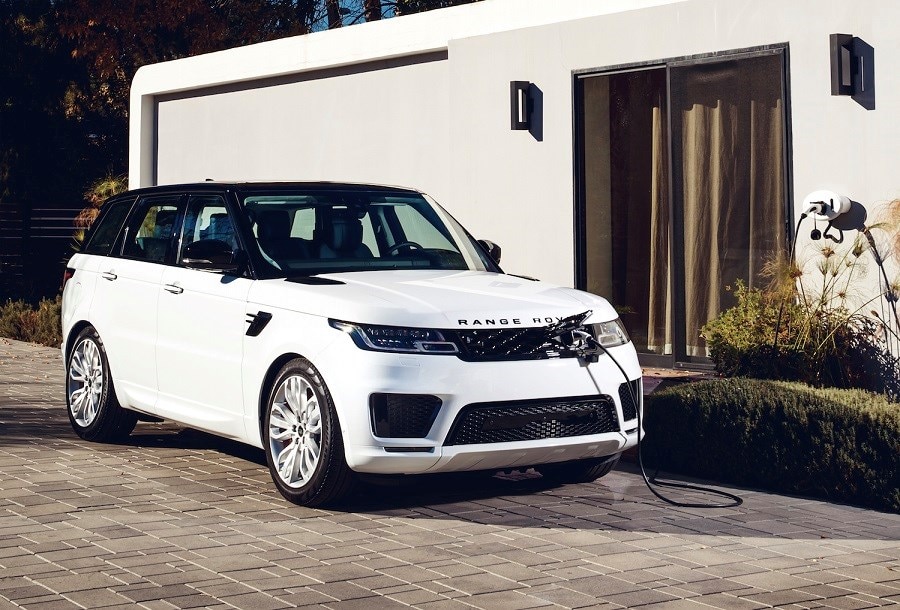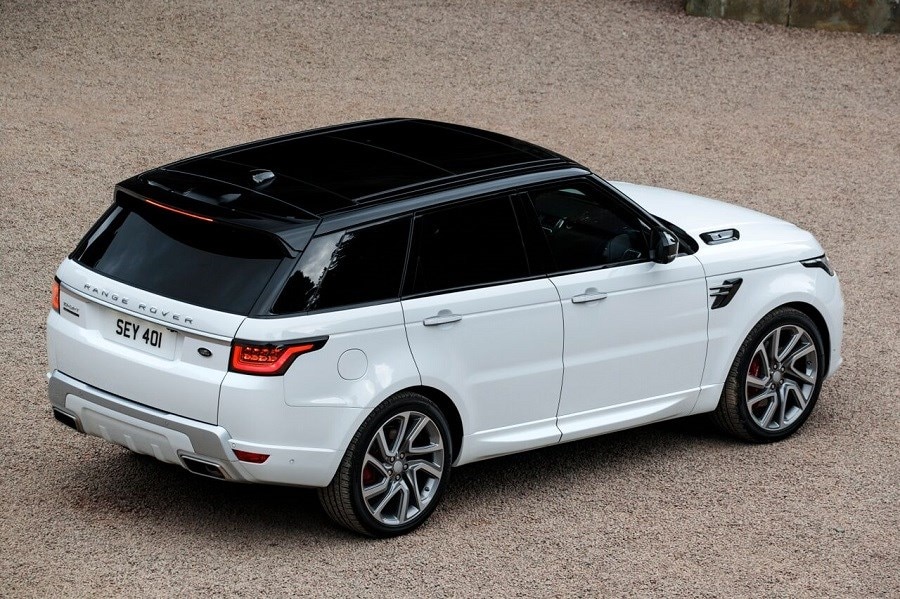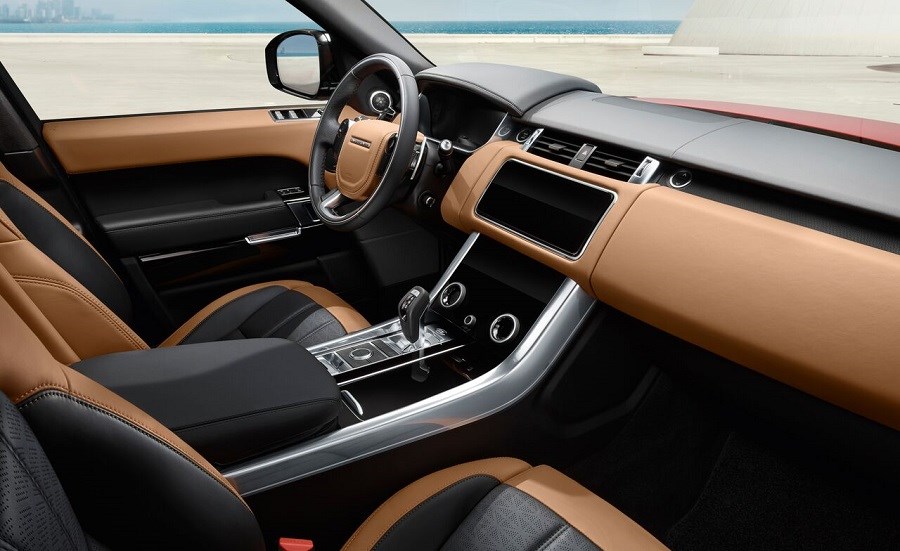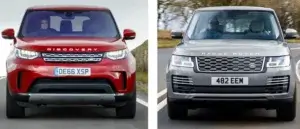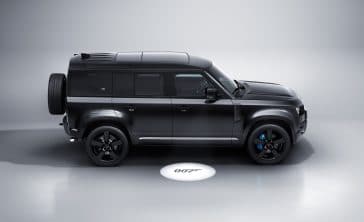Latest model
The facelifted Range Rover Sport made its debut in October 2017, with the main changes appearing on the inside. A two-screen system on the dashboard — known as ‘Touch Pro Duo’ — gives the cabin a far more modern feel.
Importantly, the facelifted Range Rover Sport showed off the firm’s plug-in hybrid option, which debuted at a similar time on the full-size Range Rover PHEV.
Producing nearly 400bhp from a combination of a 2.0-litre petrol engine and electric motor, the P400e is punchy and feels quick on the road, with the possibility of impressive running costs thanks to its 31-mile electric range.
Value for money
While the Range Rover Sport PHEV might be cheap to run, it’s far too expensive to make that your sole reason for having one — keeping tabs on the environment or wanting to pay less in company car tax is why many find themselves behind the wheel of the P400e, rather than the petrol or diesel alternative.
Prices start from £72,185 for the base-spec HSE model, which isn’t too much more money than the standard Range Rover Sport, which itself starts at £64,085; and that’s for a less-powerful version, too. Standard equipment levels are superb, including matrix LED headlights, electric front seats and two touchscreens to name but a few features. Top-spec Autobiography Dynamic tops out at £84,475, which is admittedly rather expensive.
At the time of writing, the P400e has only been on sale for less than a year, which means that a rather limited number are present on the used market. And, as £67,000 was the cheapest HSE version available, it’s fair to say that the discounts are small relative to brand new models. There are a number of options for sale at more than list price, with the most expensive listed costing £95,000!
Looks and image
If you are after an imposing luxury SUV, there are not many better options out there than the Range Rover Sport. It might not have the same desirability factor as the big Rangie itself, but the Sport is arguably the better looking out of the two cars. New standard fit matrix LED headlights, the instantly recognisable lighting signature and broad choice of alloy wheel designs give the model an impressive look on the road. Many are fitted with the ‘Black Pack’, which brings gloss black alloy wheels, as well as further black exterior elements. This package won’t appeal to all, but it’s a very popular option nonetheless.
The interior is undoubtedly one of the highlights of the Range Rover, with a good mix between luxury and modern features. A leather interior is standard, with more expensive trim levels featuring higher-quality Windsor leather upholstery, while electric front seats and ambient interior lighting is another highlight. The latest facelifted Range Rover also comes with a fantastic two-touchscreen setup — one 10-inch screen stacked above the other. The screens look superb and are very easy to use, alongside giving the model a fantastic modern feel. The interior quality is also superb, and up to the standards expected from a plush SUV.
Thanks to the torque generated from the electric motors, the Range Rover Sport PHEV is much faster than you would expect an SUV of this bulk to be. Nearly 400bhp is produced in total, which makes the Sport absolutely rapid as soon as you put your foot down. You soon notice the drop in power once the electric is used up, though. It’s quite a bit heavier than the petrol version because of the batteries, but it’s still impressively agile and holds the road well through the corners.
There are more driver-focused SUVs out there, but few get the balance of speed and comfort right quite like the Range Rover Sport does.
